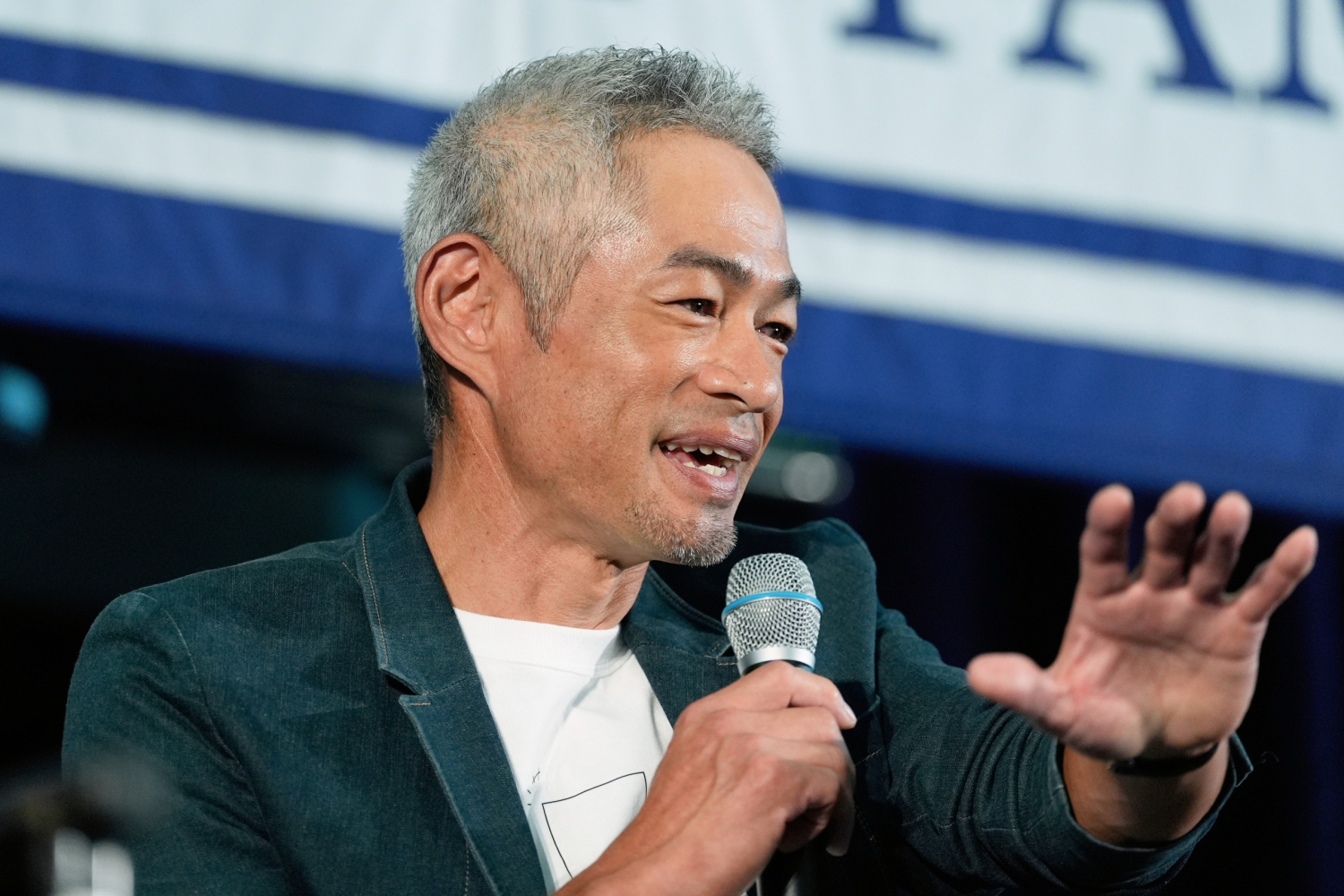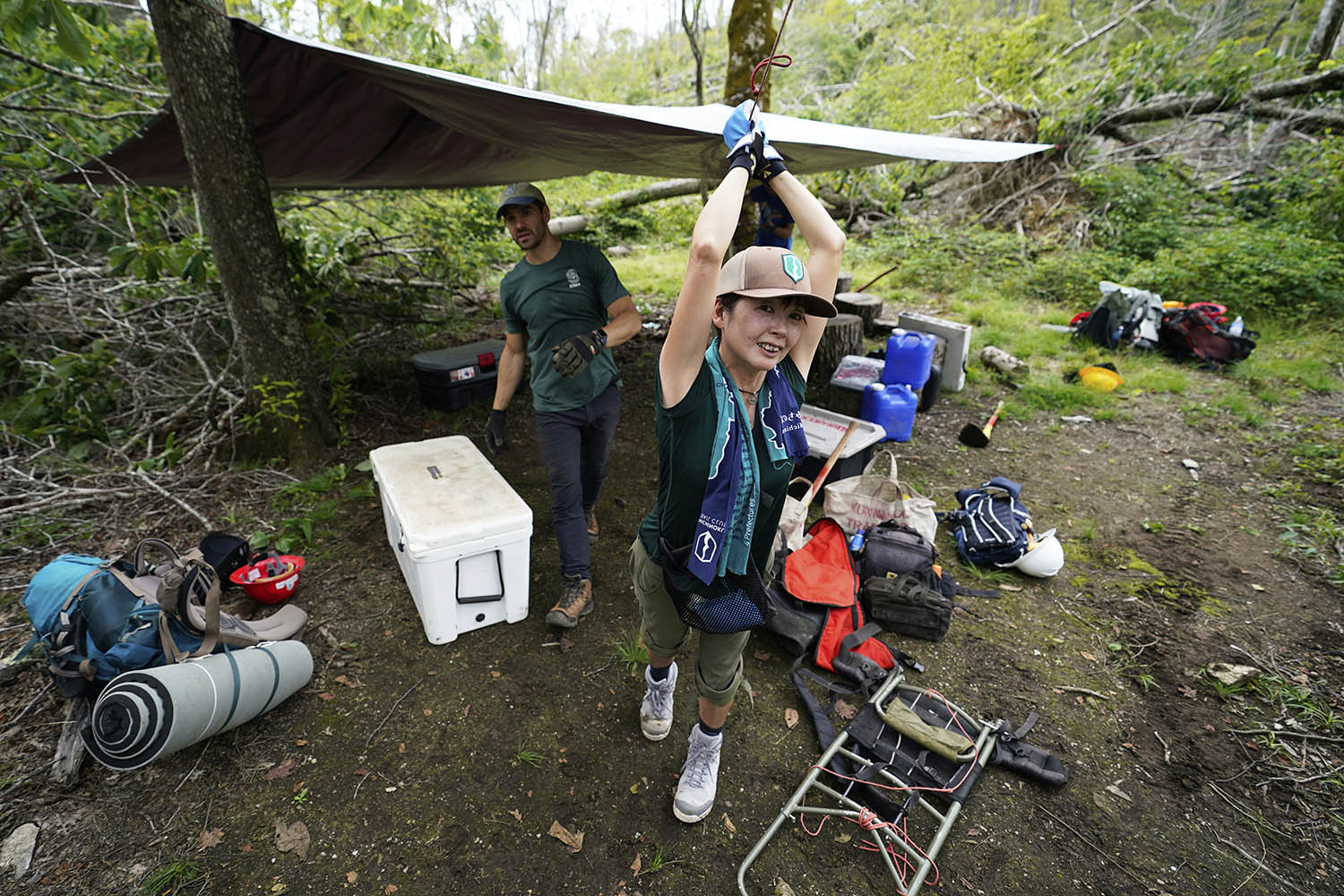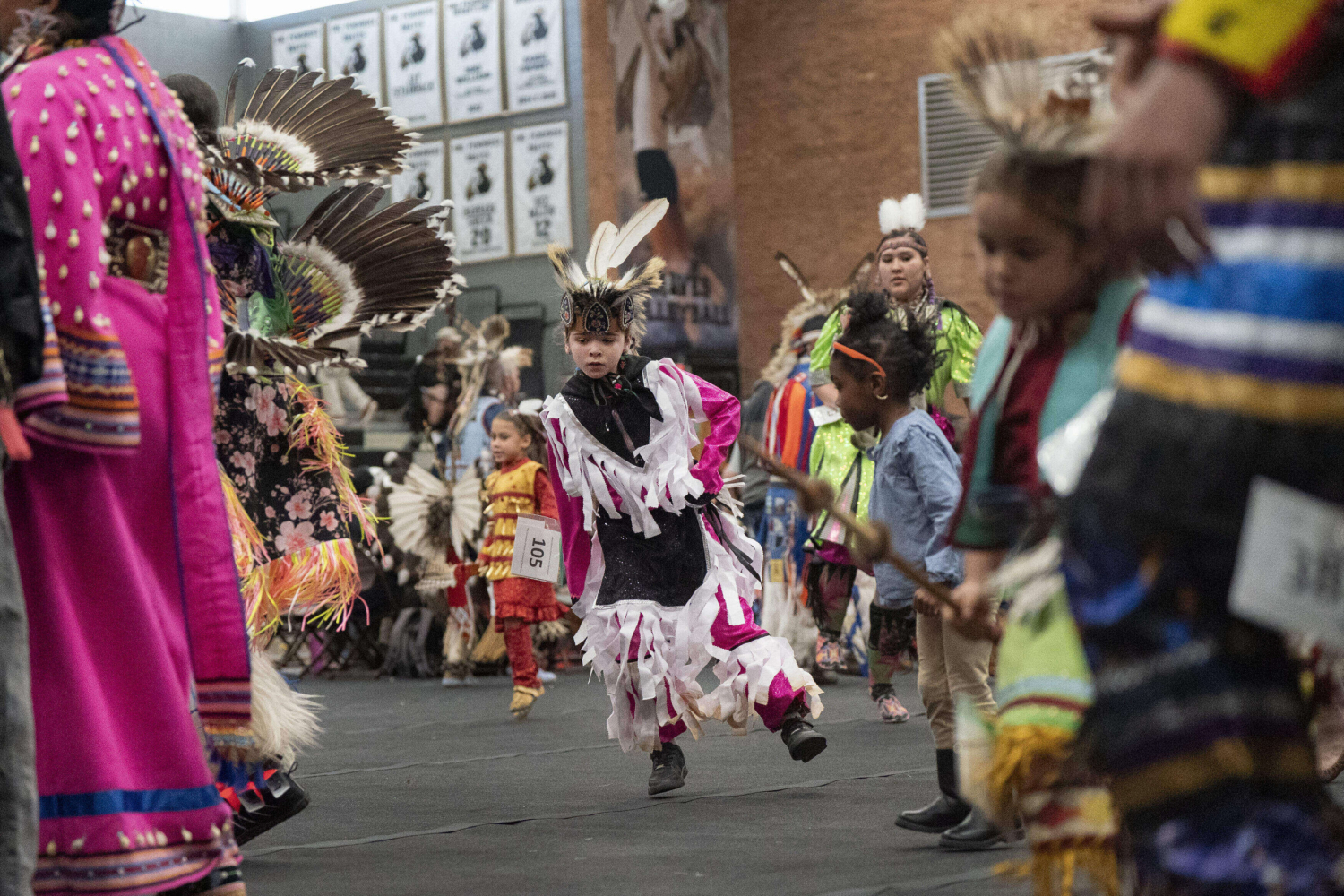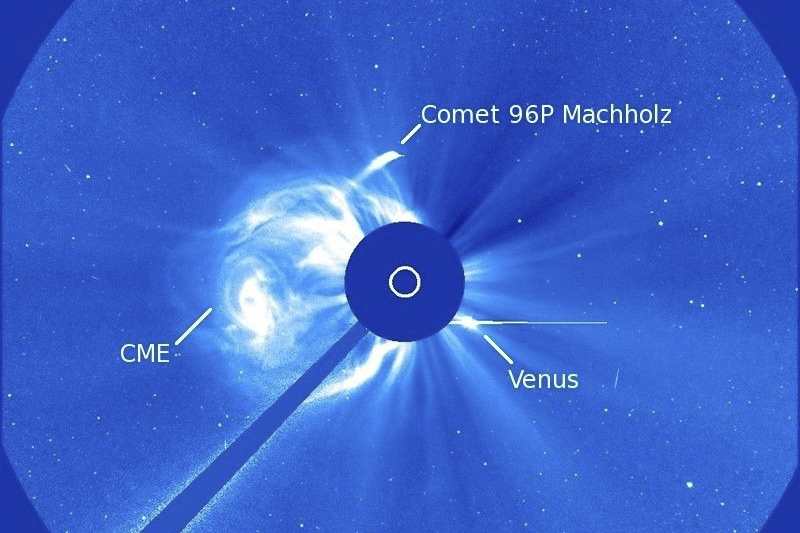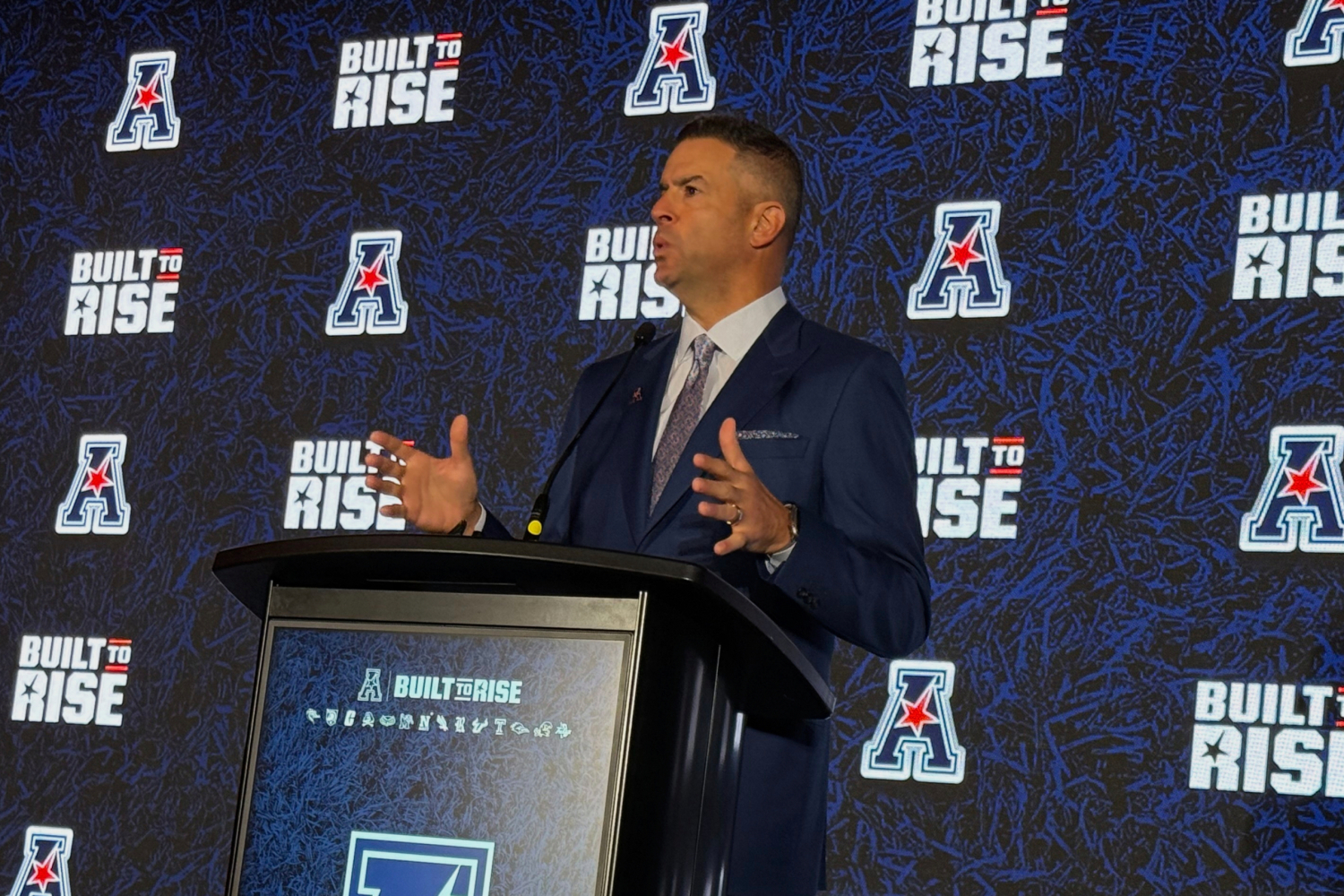By MARK FRANK Associated Press
COOPERSTOWN, N.Y. (AP) — Ichiro Suzuki was always known for his meticulous preparation during his 19-year Major League Baseball career.
For his induction into the Hall of Fame? Not so much.
“Of course, I’m nervous and I probably should be preparing more, but this morning I actually went to the field, long tossed and kind of ran and did my workout, so I guess for me that was more important,” Suzuki said Saturday through an interpreter on the eve of his enshrinement.
Suzuki is the first Japanese player chosen for the Hall and fell one vote shy of becoming the second unanimous selection. He will be joined Sunday by CC Sabathia, a six-time All-Star who won the 2007 AL Cy Young Award, and relief pitcher Billy Wagner. Dave Parker, who died a month before he was to be inducted, and Dick Allen will be honored posthumously. They were voted in by the classic era committee.
MLB has been profoundly impacted by Japan since Suzuki’s arrival in 2001. His induction coincided with the opening of an exhibit at the Hall on Thursday entitled Yakyu/Baseball: The Transpacific Exchange of the Game, which celebrates the ways Japanese and American baseball are interconnected. It honors not just Suzuki but also pitcher Hideo Nomoi and current two-way star Shohei Otani.
As interconnected as the two countries are, Suzuki does not want Japanese baseball to become a carbon copy of MLB.
“I don’t think Japan should copy what MLB does. I think Japanese baseball should be Japanese baseball and the way they do things, and MLB should be the way they are. I think they should be different and not the same,” he said.
Suzuki received 393 of 394 votes (99.7%) from the Baseball Writers’ Association of America. Sabathia was on 342 ballots (86.8%) and Wagner on 325 (82.5%), which was 29 votes more than the 296 needed for the required 75%.
Suzuki was a two-time AL batting champion and 10-time All-Star and Gold Glove outfielder, hitting .311 with 117 homers, 780 RBIs and 509 stolen bases with Seattle, the New York Yankees and Miami.
He is perhaps the best contact hitter ever, with 1,278 hits in Nippon Professional Baseball and 3,089 in MLB, including a season-record 262 in 2004. His combined total of 4,367 exceeds Pete Rose’s MLB record of 4,256.
Suzuki visited the Hall seven times during his career, but this time is different.
“I had a purpose. I would come to the basement and look at some of the artifacts. This time around, though, I didn’t come to have one purpose to see something. I just wanted to experience Cooperstown, take it all in. That’s the difference this time around.
“This is the place where I’d come (during the season) and kind of cleanse myself and get a great feeling again,” he said.
For Sabathia, his induction represents a full-circle moment because his plaque will have him sporting a Yankees cap with the interlocking NY.
A native of Vallejo, California, Sabathia “thought I wanted to be close to home,” but after “pretending” the Yankees didn’t offer him a contract on the first day of free agency, his wife persuaded him to sign with the Bronx Bombers following an in-home meeting with general manager Brian Cashman.
“My wife was the one that said: ‘You’re trying to do all these different things, figure out all these contracts. You need to go where they want you. All you talk about is you want to win, be a winner and all these things. How can you not go to New York? That’s the one place they try to win every single year.’ When she put it that way, it was like I was born to be a Yankee,” Sabathia said.
“And I think for the longest time I tried to run away from that because my father would always tell me I was going to play for the Yankees. He passed away when I was 23, so he wasn’t there to tell me it was OK if I failed. I think I was scared to go there and fail. But it ended up being the best decision I ever made. I ran from that decision for a long time. I thought I wanted to play on the other coast, but I think I was born to play with the pinstripes.”
Suzuki and Sabathia were teammates for more than two seasons, which makes their induction extra special.
“It feels like we’re teammates. Obviously, Ichi and I were rookies together. I always say he stole my Rookie of the Year award (in 2001) so it’s great to be able to go in the HOF with him and Billy,” Sabathia said.
Sabathia went 251-161 with a 3.74 ERA and 3,093 strikeouts, third among left-handers behind Randy Johnson and Steve Carlton, during 19 seasons with Cleveland, Milwaukee and the Yankees.
While Sabathia and Suzuki were elected in their first appearance on the ballot, Wagner made it on his 10th and final try.
“Well, after seeing how a lot of guys like Lee Smith and Ted Simmons and (other) guys had to wait their turn to get to this point and go through the veterans committee, and how hard it is to get in here, you know, it’s well worth the wait,” Wagner said.
Wagner, a seven-time All-Star, became the ninth pitcher in the Hall who was primarily a reliever, after Hoyt Wilhelm, Rollie Fingers, Dennis Eckersley, Bruce Sutter, Goose Gossage, Trevor Hoffman, Lee Smith and Mariano Rivera. Wagner is the only left-hander.
Two others honored Saturday were longtime Cleveland Guardians broadcaster Tom Hamilton, winner of the Ford C. Frick Award for broadcasting, and retired Washington Post sports writer and columnist Tom Boswell, who received the BBWAA Career Excellence Award.

